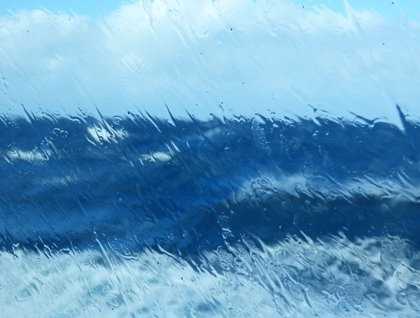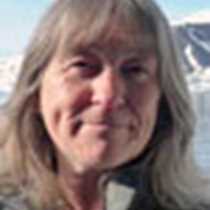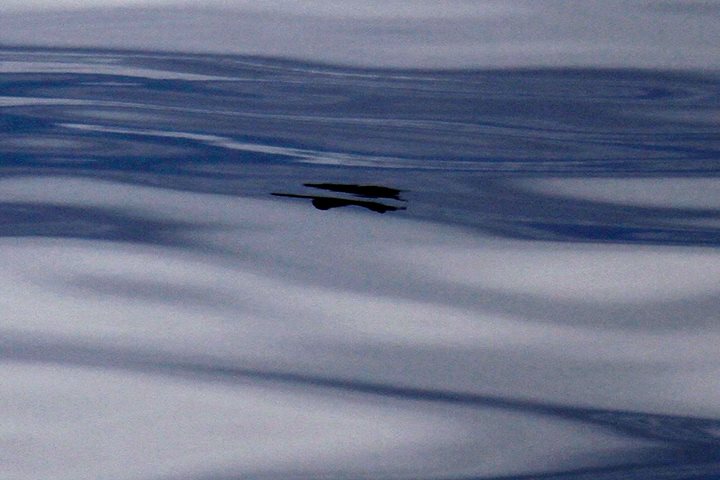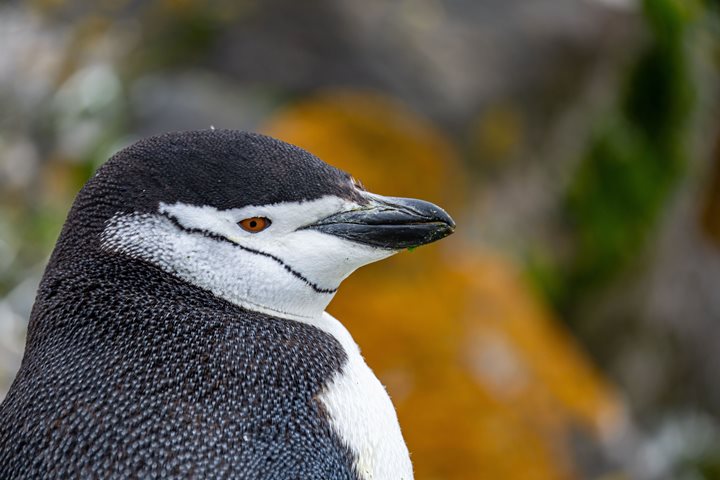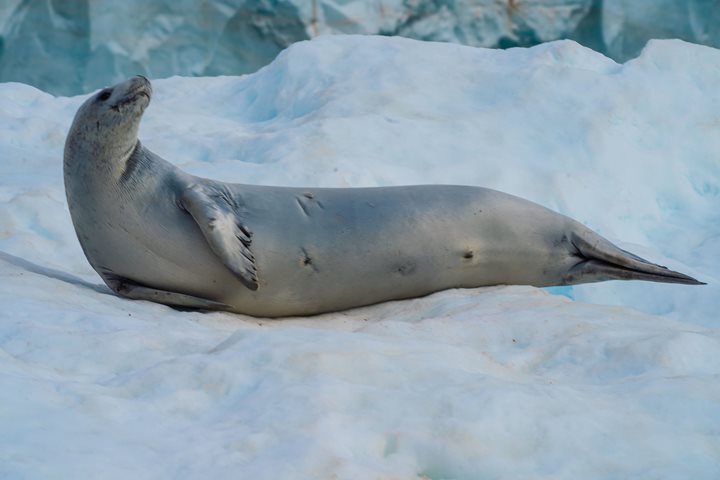It has begun! Yesterday the port of Ushuaia had been closed during the day due to high winds, but it re-opened at 9 p.m. in perfect time for the start of our Antarctic adventure on board the National Geographic Orion. Soon we had slipped out of port and made our way down the Beagle Channel towards the fabled Drake Passage.
The Drake Passage extends for 800 kilometres between the tip of Cape Horn and the closest of the South Shetland Islands, our first destination. The huge expanse of the Southern Ocean is forced through this relatively narrow and shallow gap, which opened between South America and the Antarctic Peninsula about 41 million years ago, and turbulent seas often result. This morning we indeed awoke to winds of 50 knots, gusting to 60 knots, and waves of six to seven metres in height, as our expedition leader Doug Gould explained in his morning wake-up call.
Early morning watchers on the bridge and the observation lounge were thrilled to see their first wandering albatrosses effortlessly zooming past the ship suspended on the air currents. They were mesmerised by great ocean swell rolling in and occasionally a mighty wave breaking across the bow, all the while attempting to capture the most impressive moments with their cameras.
The first presentation of our lecture programme was given by Dr. Brent Stephenson, who introduced us to the numerous seabirds of the Southern Ocean, from the tiny Wilson’s storm petrels with a wingspan of a mere 30 centimetres, to the royal albatross and, everybody’s favourite, the wandering albatross, with a wingspan up to 12 feet in length. Afterwards we piled out on to the back deck to put our new-found knowledge to work to identify and photograph these beautiful creatures. White-chinned petrels had already been spotted, but soon black-browed and gray-headed albatross, prions and giant petrels were added to the list.
Lunch was followed with a talk about the early history of Antarctica. The Drake Passage of course derives its name from Sir Francis Drake who, while on a secret mission on behalf of Queen Elizabeth, was blown off course in a great tempest on emerging from the Straits of Magellan in September 1578, and reached almost 56 degrees south, realizing that no land could be seen beyond Tierra del Fuego.
Our final presentation was an inspiring talk by Rich Kirchner, brimming with tips and useful insight into how to make the most of our Antarctic photography.
The sea day wore steadily on, the waves rolled by, the miles rolled by, and with every moment we are drawing nearer and near to Antarctica.

